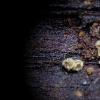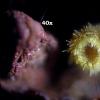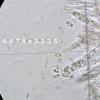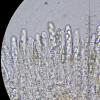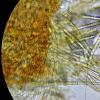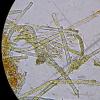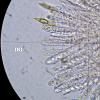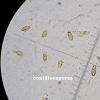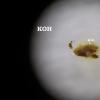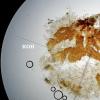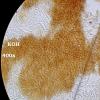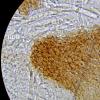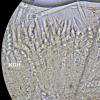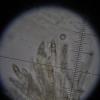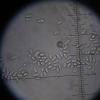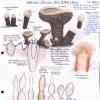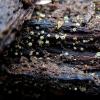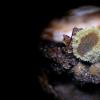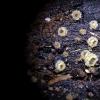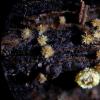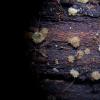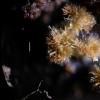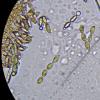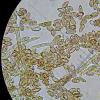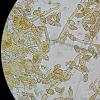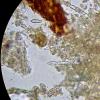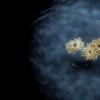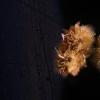
29-12-2025 17:44
Isabelle CharissouBonjour,J'aimerais savoir si d'autres personnes au

29-12-2025 17:12
 Bernard CLESSE
Bernard CLESSE
Bonjour à toutes et tous,Pourriez-vous m'aider à

12-11-2021 00:03
Lepista ZacariasHi everybody,A week ago in my fiels trip I noticed

29-12-2025 17:01
Gernot FriebesHi,I'm looking for help with this hyphomycete with

29-12-2025 08:30
Hello.A tiny ascomycete sprouting under Juniperus

29-12-2025 10:15
Hulda Caroline HolteHello, I found and collected this propoloid ascom

29-12-2025 09:38
Oskari VirtanenHi,could anyone help me identify this, I suspect P

28-12-2025 12:08
Margot en Geert VullingsThis possible Karstenia was found on the bark of d
Apothecia very, very young 0,4 mm-0,5 mm above wood indeterminate (probably quercus) worked as part of a fence.
The micro is perfect with the plates DVD Baral HB_3562, HB_3864-1, HB_3864-2 and HB_7014_7015
I guess that it is correct.
Best regards
The hairs appear to be too differentiated for the Diplocarpa.
cheers

This species is presently under work by Kadri Pärtel and me. How abundant is your sample? Important would be a median section to see the excipulum, and a KOH test whether red.brown pigment extrudes upon contact with KOH.
Although Kadri gained a sequence of this species, it might be that she is interested for a further analysis.
Where did the conidia come from?
Great record! I am interested in the collection data. Also please have a closer look at the broken wood, is it obviously ring-pored (typical of Quercus)? A macrophoto of the cross-broken wood would be helpful.
Zotto
Eduard


Im Prinzip ja, ich denke die Art ist weit verbreitet, aber doch selten auftretend und nur durch Zufall zu finden.
Zotto
I would like to see if it is possible to photographs of the species, at different stages of growth, both the telemorfo and the anamorph.
Thank you all.

Did you test the separate anamorph heaps for conidia and conidiophores?
The substrate was a rotten piece of unidentified wood, the ascocarps were hidden in a crack, but the yellow anamorph accompanying it was striking (the reason for collection).
The hymenium was olive green with beige margin, outside dark brown, hairy.
Largest ascocarp 3 mm in diameter, spores 6-8,5 - 3-4 micron, apices of paraphyses fusiform and septate. Conidia in chains, about 5 x 4 micron.
I made only some microscope photos of paraphyses and spores.
Do you know the paper of Ribollet (UN ASCOMYCETE A RECHERCHER: DIPLOCARPA BLOXAMII (Berk. Ex Phill.)Seaver, Cahiers Mycologiques Nantais N° 14 - juin 2002)? The paper describes both teleomorph and accompanying anamorph.


